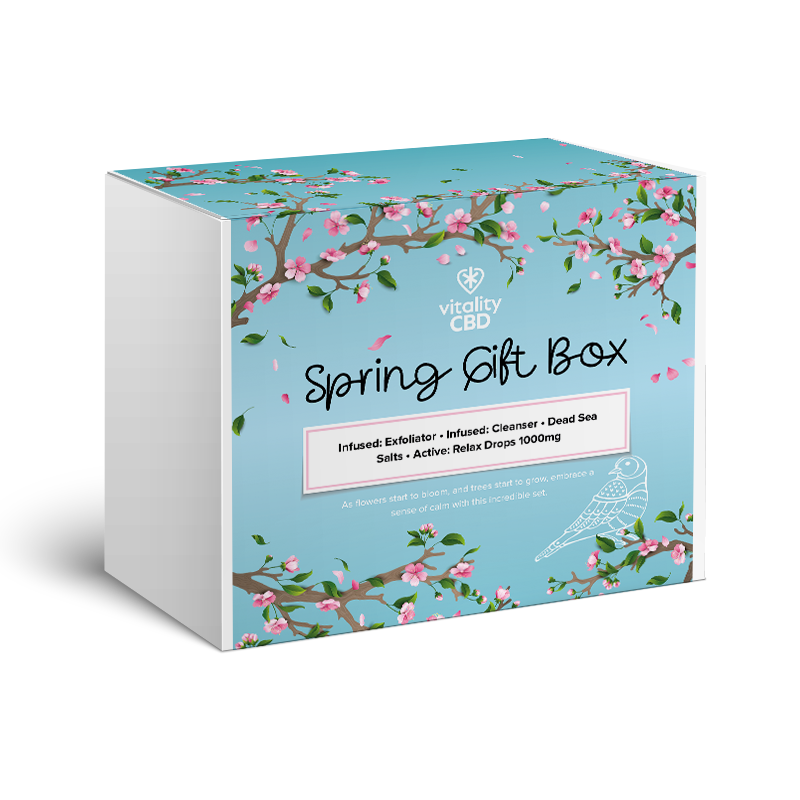
Managing Stress: Take a Deep Breath
Our stress-fighting journey continues. We’ve already covered what stress is, what it does and how we can fight it in our general Guide to Stress. We’ve also discussed the benefits of going out in nature and how to care for our skin when things get stressful. Today, we go back to the very basics and talk about how breathing can help us cope with stress.
As Natural as Breathing
We never had to learn how to breathe – it came naturally to us as soon as we were born. We also instinctively know to hold our breath underwater, and how to breathe more deeply when we sigh. So why are some people giving lessons on how to breathe? Well, there is science behind that.

We’ve talked about how the acute stress response has one main goal: to prioritise a quick mental and physical response. That includes increasing the supply of oxygen to the muscles and brain, and part of that response leads to quick, shallow breathing, also known as hyperventilation. Unfortunately, this type of breathing feeds back into a feeling of anxiety that keep the stress response stuck in the tension phase.
Somewhat intuitively, if we want the opposite effect (calming down), we can employ the opposite type of breathing – deep breathing, also known as abdominal or diaphragmatic breathing. Diaphragmatic breathing has been found to help improve attention, mood and cortisol levels (decrease stress). And this is where “learning to breathe” comes into play.
Muscling In on the Lungs
Breathing is done with the help of two types of muscles: several short muscles stretching between our ribs, and one wide muscle that stretches along the bottom of our chest, called the diaphragm. The diaphragm pulls downwards on an intake of breath, creating room for the lungs to expand and fill with oxygenated air. Once the lungs have exchanged the oxygen for carbon dioxide, the diaphragm relaxes back upwards, helping them expel the air.

Shallow breathing, usually associated with muscle tension and a hunched back from stress, leads the breath from our shoulders instead of the diaphragm. This leaves less room for our lungs to fully expand and fill with oxygenated air – a rather inadequate way to breathe.
In contrast, deep breathing leads the breath from our stomach area – or so it feels like when we actually breathe from our diaphragm. We get a full and efficient gas exchange in our lungs, which in turn leads to our heartbeat rate and blood pressure stabilising, as well as calming down. (And while we’ve got calm on our mind, see if our Calm Support CBD Drops & Spray Oil helps you regain yours.)
Where Do I Start?
Fortunately, learning to breathe deeply is simple. All you need to do is learn the correct movement and then practice it. The upside is that every practice session will have immediate and visible results!
- - You’ll want to start in a quiet environment, usually lying down so you can relax as many muscles as possible.
- - Place your palms on your belly and try to lead the breath from your stomach.
- - Breathe in through your nose, deeply and slowly, letting your abdomen and chest fill up – watch your hands move with your belly.
- - Breathe out slowly (through your nose or mouth, as you feel more comfortable).
Now you know what deep breathing feels like!

We asked Stephanie Cabrera, breathwork coach and yoga teacher, to give us a few simple exercises we can try today.
A quick calming exercise for the middle of a stressful day (2 minutes): The 4-7-8 Technique
- - Inhale deeply through your nose for a count of 4.
- - Hold your breath for a count of 7.
- - Exhale slowly through your mouth for a count of 8.
- - Repeat as needed to feel centred and calm.
An exercise to prepare for the day ahead or to unwind when getting home (5 minutes):
- - Place one hand on your chest and the other on your belly.
- - Inhale deeply through your nose, feeling your belly rise as you breathe in.
- - Exhale slowly through your mouth, feeling your belly fall.
- - Repeat for 3-5 minutes.
An exercise for better sleep: Progressive muscle relaxation combined with deep breathing
- - Start by tensing and then releasing each muscle group in your body. Start from your toes and work your way up to the top of your head.
- - As you release tension, breathe deeply and slowly, focusing on each exhale.
- - This practice can help ease physical and mental tension, promoting restful sleep.

Breathe easy and slowly. In… and out. You’ve got this!























